Tesla Model 3 vs. Model S: what sets them apart?
Both cars may look similar, but the difference in price and interior design means they're far from identical
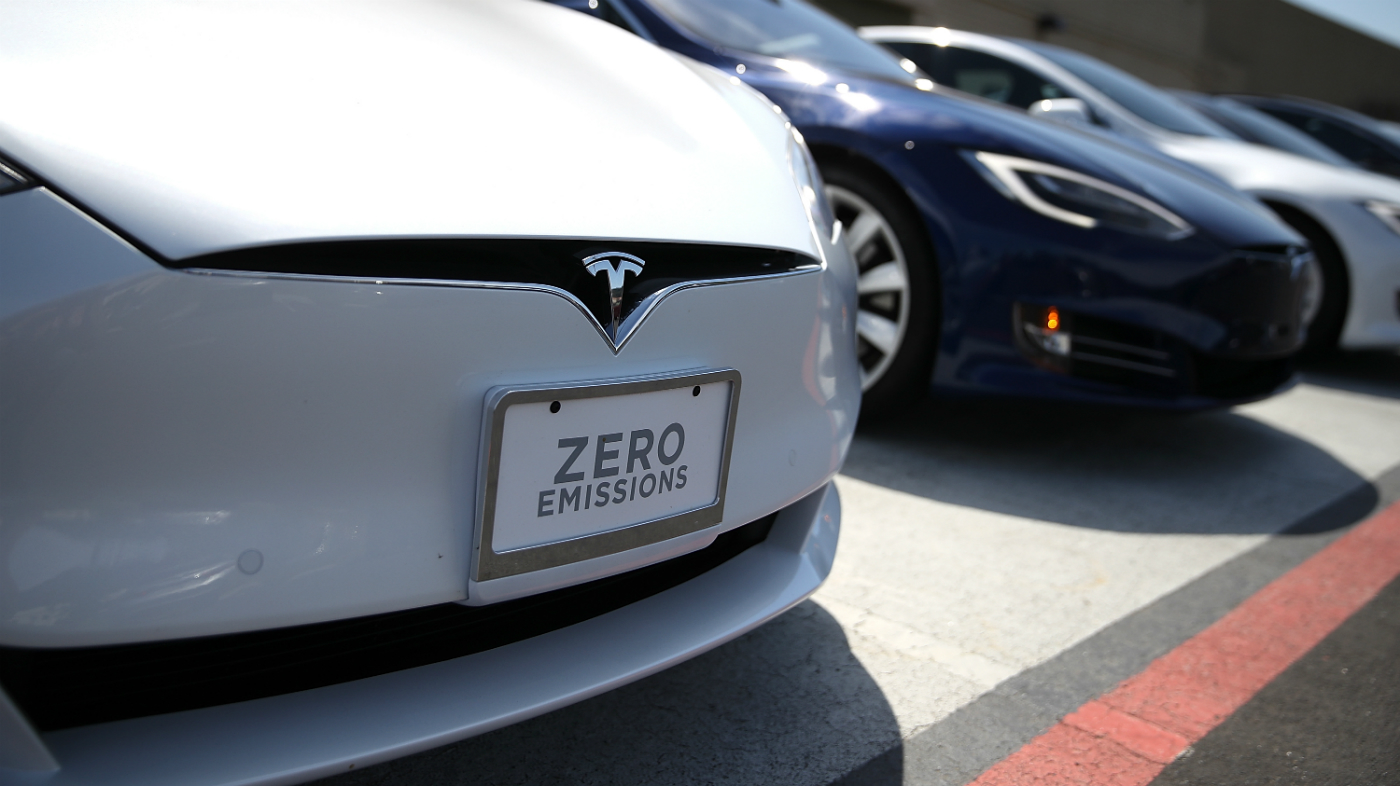
Tesla has finally launched its entry-level Model 3 electric car, which is positioned as a cheaper alternative to the company's flagship Model S saloon.
The Model 3 is expected to become the first mass-produced budget EV to hit the market. Company founder Elon Musk says the firm aims to produce 20,000 examples of the vehicle per month by December.
However, Musk told investors in May that some fans thought the Model 3 was a superior car to the older Model S, leading Tesla to "anti-sell" the new EV to help clear the confusion.
The Week
Escape your echo chamber. Get the facts behind the news, plus analysis from multiple perspectives.

Sign up for The Week's Free Newsletters
From our morning news briefing to a weekly Good News Newsletter, get the best of The Week delivered directly to your inbox.
From our morning news briefing to a weekly Good News Newsletter, get the best of The Week delivered directly to your inbox.
Both cars have similar body shapes and are filled with autonomous technology, but what sets them apart?
Design
The first thing fans will notice about the new Model 3 is that it shares a similar silhouette to its more expensive sibling. Indeed, they have almost identical body styles.
When looking at the Model 3 from the side, eagle-eyed car lovers will clock that the Model 3 shares the same chrome-lined windows, wing mirrors and lip above the boot lid as the Model S. But with a length of 185ins, the budget EV is 11.2ins shorter.
A free daily email with the biggest news stories of the day – and the best features from TheWeek.com
Differences between Tesla’s two EVs become more apparent at the front. The Model 3 has a larger and more rounded headlight design than the Model S. There’s no front grille on the cheaper car, either, and the Model S has a thin opening just beneath the tip of the bonnet.
There are a few variants at the back of the cars. The most apparent is the Model 3’s smaller boot lid. Its tail light design is also different from that of the Model S, as are its wheels and number plate surround.
Powertrains and range

There are just two variants of the Model 3, with base-spec versions coming with a 50kWh battery that has a range of 220 miles and a zero to 60mph time of 5.6secs, reports AutoExpress.
Above that is the "Longer Range" version, which the magazine says is fitted with a 75kWh battery that boasts a range of 310 miles. Acceleration figures also improve, as this version lowers the Model 3's zero to 60mph time by 0.5secs.
But those looking for more power and range will want to opt for the more expensive Model S, as the base-spec rear-wheel drive 75 variant has a 75kWh battery with a 298-mile range and a zero to 60mph time of 4.3secs. This is followed by the 75D, which has an all-wheel drive system and adds six miles onto the saloon's range.
The 100D sits above that and has a 393-mile range thanks to its 100kWh battery pack. It can go from zero to 60mph in 4.1secs and comes with air suspension.
Topping the Model S range is the P100D, which goes from zero to 60mph in a supercar-rivalling 2.5secs. This drops to 2.3secs when the high-performance Ludicrous Mode is enabled, although Tesla says using the feature too often could strain the car's powertrain.
Autonomous tech
Driverless technology is still in its infancy, but that hasn't stopped Tesla from offering driverless functions on both of its saloons.
As it currently stands, the Model S can be specced with the company's Autopilot system. This uses a mix of sensors and cameras to help the car stay in its lane on the motorway and park itself when you get home.
There's also a feature called Smart Summon, where drivers can call their car to pick them up using their smartphone. This feature can't yet be used over long distances, but it can be used for calling the car out of the garage and on to your driveway.
The full range of the Model 3's driverless functions are not yet know, but Wired says it will come with all the hardware needed for autonomous driving. In its current state, the Model 3 can "stay in its lane and keep a safe distance from the car in front".
Autopilot is often updated with new features, too, so both cars will get more advanced driverless tech later in their life cycle.
Interior
The Model S has a far more conventional interior than the Model 3. Drivers can adjust settings using physics buttons on the steering wheel and doors, but the majority of the car's functions are tweaked and monitored using the vertical 17ins touchscreen display in the centre console.
The result is an interior that "manages to pull off the trick of being both elegant and bristling with technology", says CarBuyer, thanks to its decluttered dashboard and the eye-catching instruments in front of the driver.
Tesla also uses a mix of leather, zinc and wood trim around the cockpit, which the website says are sourced near the company's factory in California to "reduce the environmental impact of transporting it long distances."
Meanwhile, the Model 3's interior is somewhat minimalistic compared to the Model S. There's no dashboard or heads-up display in the budget EV, as all of the car's functions are controlled using the horizontal 15ins touchscreen that appears to float above the centre console.
Being "faced with just a steering wheel and pedals" can feel "unnerving" at first, says The Times, but drivers will find the minimalistic cabin "liberating" once they get used to it.
Buyers still get two scroll wheels on the steering wheel, says TechCrunch, as well as a shift column and indicator stalk located behind it.
Price
The Model 3 is by far the cheapest car in Tesla's range, as Evo says the base-spec variant with a 220-mile range costs $35,000 (£27,000). That makes it around £33,000 cheaper than the base Model S 75 and means it undercuts the 100D by £62,500.
At the top of the Model 3 lineup is the 310-mile version, which the magazine says comes in at $44,000 (£34,000). You'll need to pay an additional £92,900 to get the range-topping Model S P100D, although you do get supercar-rivalling performance and air suspension.
While the Model 3 may seem cheaper, the Model S comes with better performance figures and incentives such as free battery charging from a Tesla Supercharge for life. The Model 3 may be the cheapest way into Tesla ownership, but the Model S appears to be the more luxurious option.
-
 Are plug-in hybrids better for America's climate goals?
Are plug-in hybrids better for America's climate goals?Talking Points The car industry considers a 'slower, but more plausible path' to reducing emissions
-
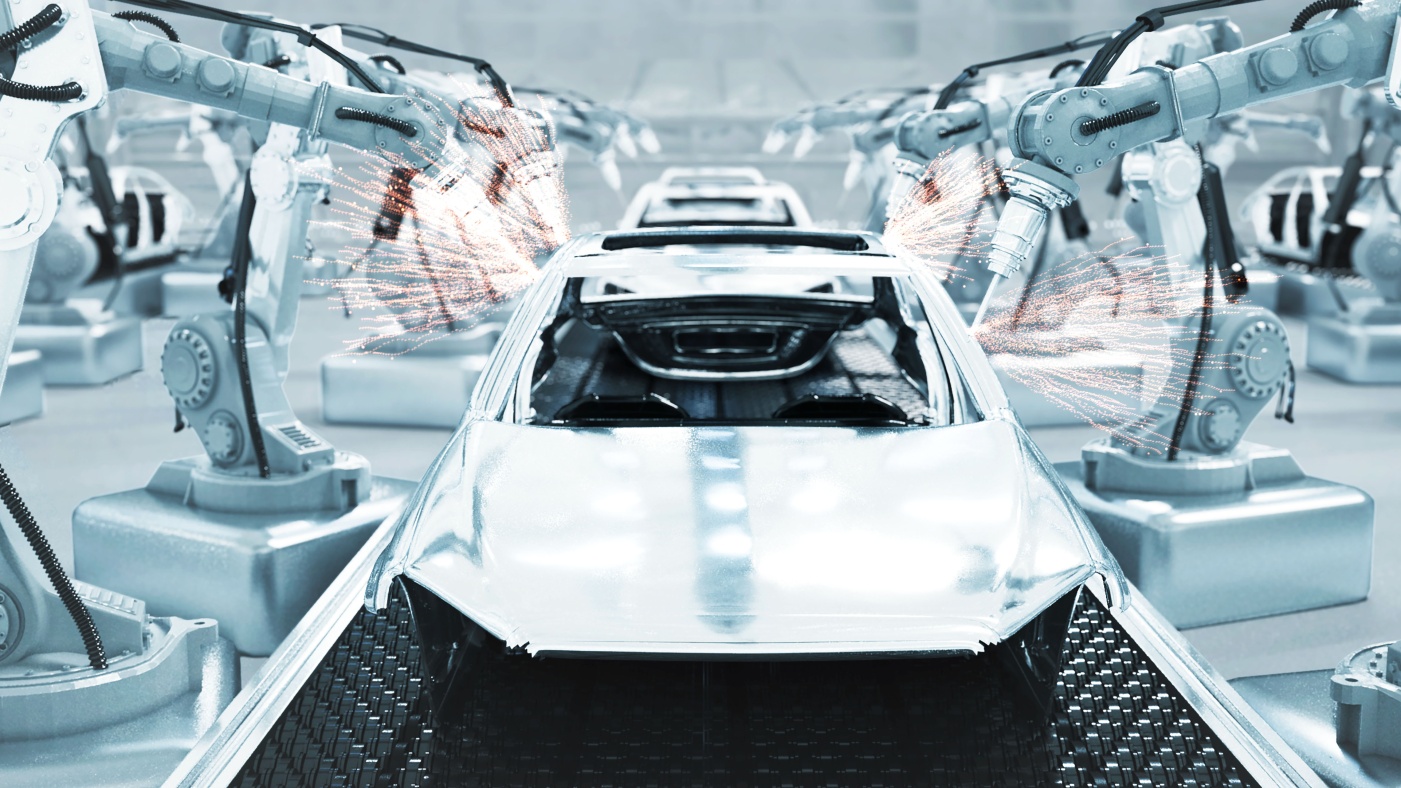 EV market slowdown: a bump in the road for Tesla?
EV market slowdown: a bump in the road for Tesla?Talking Points The electric vehicle market has stalled – with worrying consequences for carmakers
-
 The week's good news: Dec. 14, 2023
The week's good news: Dec. 14, 2023Feature It wasn't all bad!
-
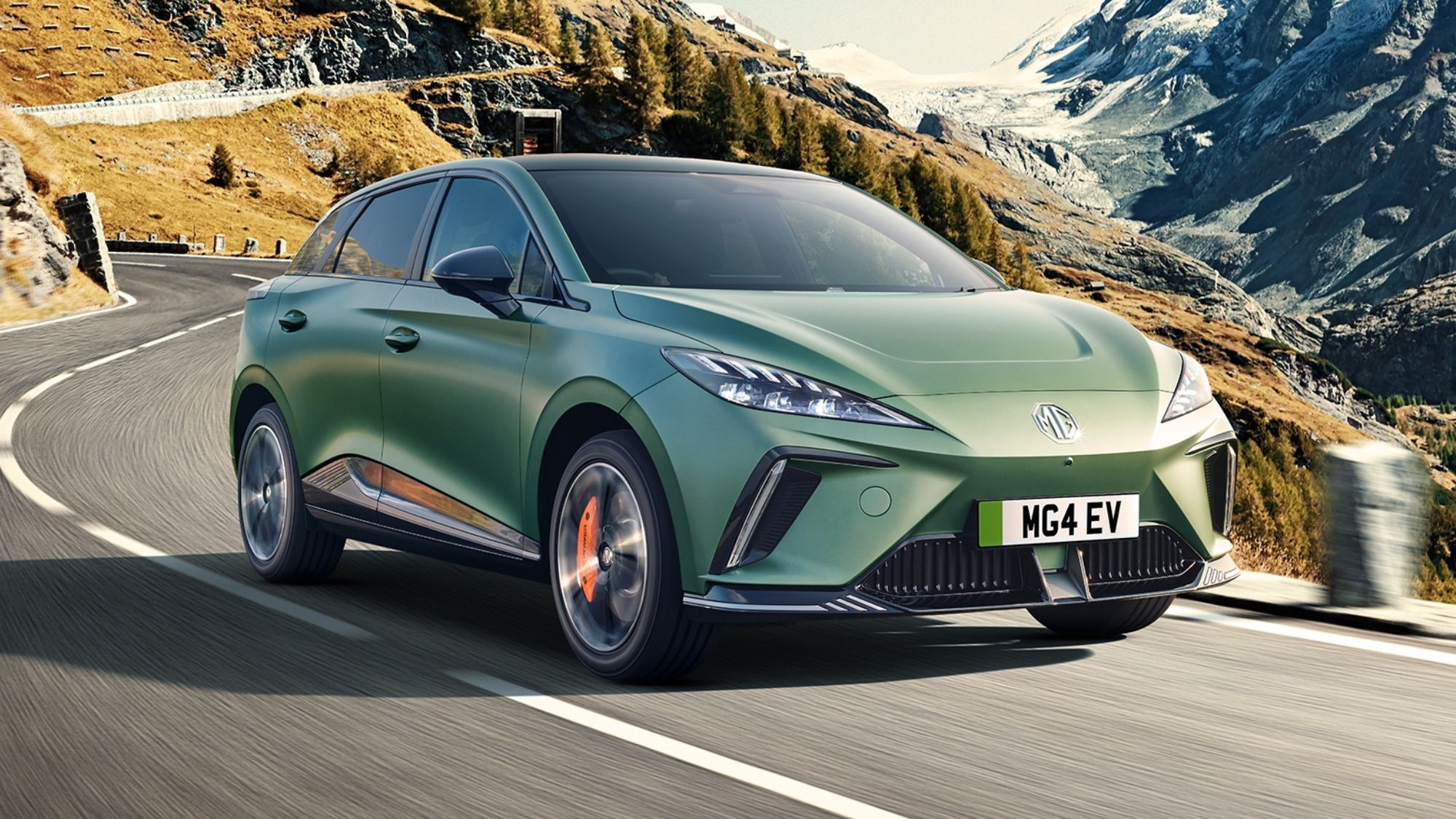 MG4 EV XPower review: what the car critics say
MG4 EV XPower review: what the car critics sayFeature The XPower just 'isn't as much fun' as a regular MG4
-
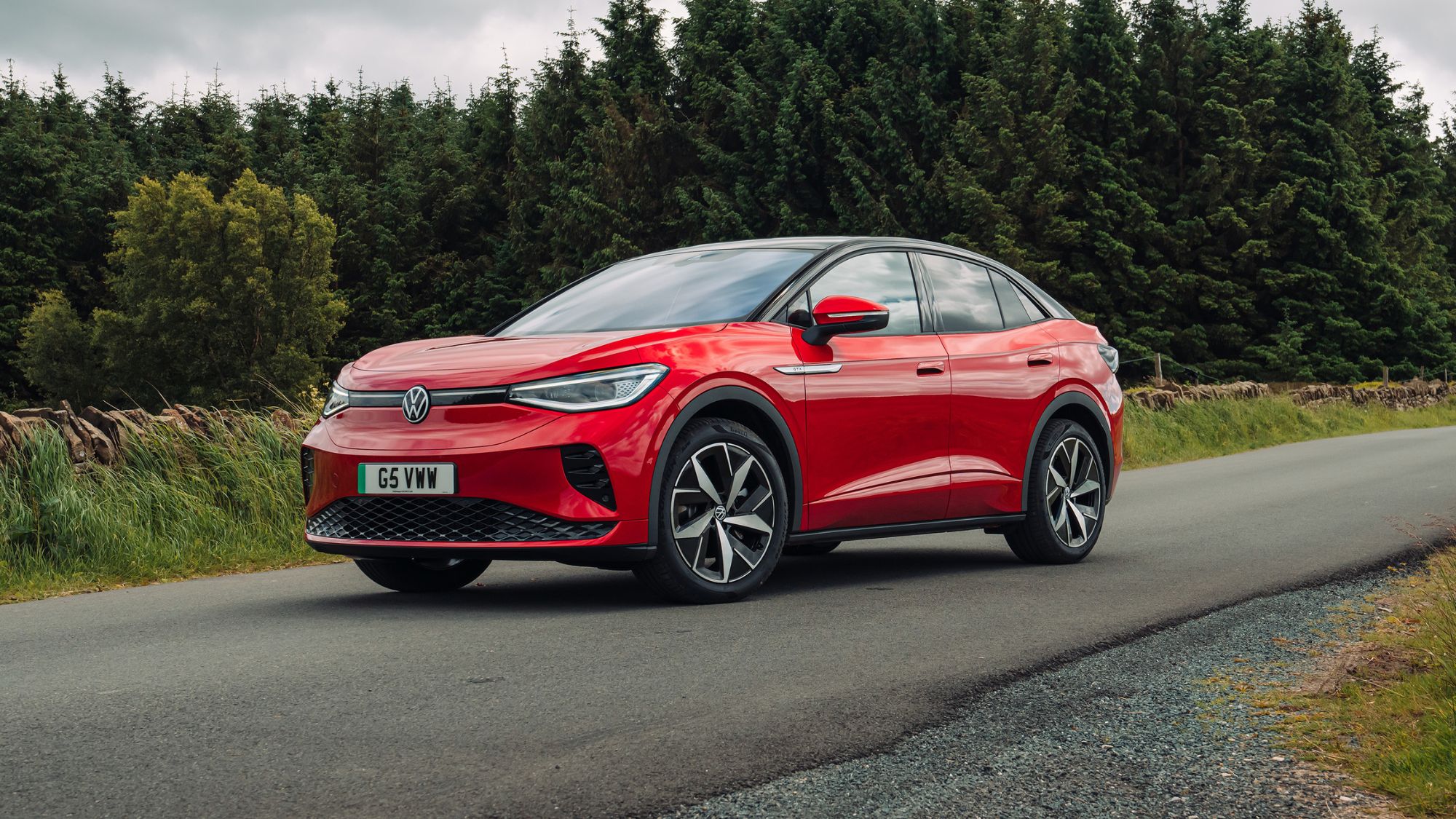 Volkswagen ID.5 review: what the car critics say
Volkswagen ID.5 review: what the car critics sayFeature The ID.4's 'sportier, more stylish twin' – but 'don't believe the hype'
-
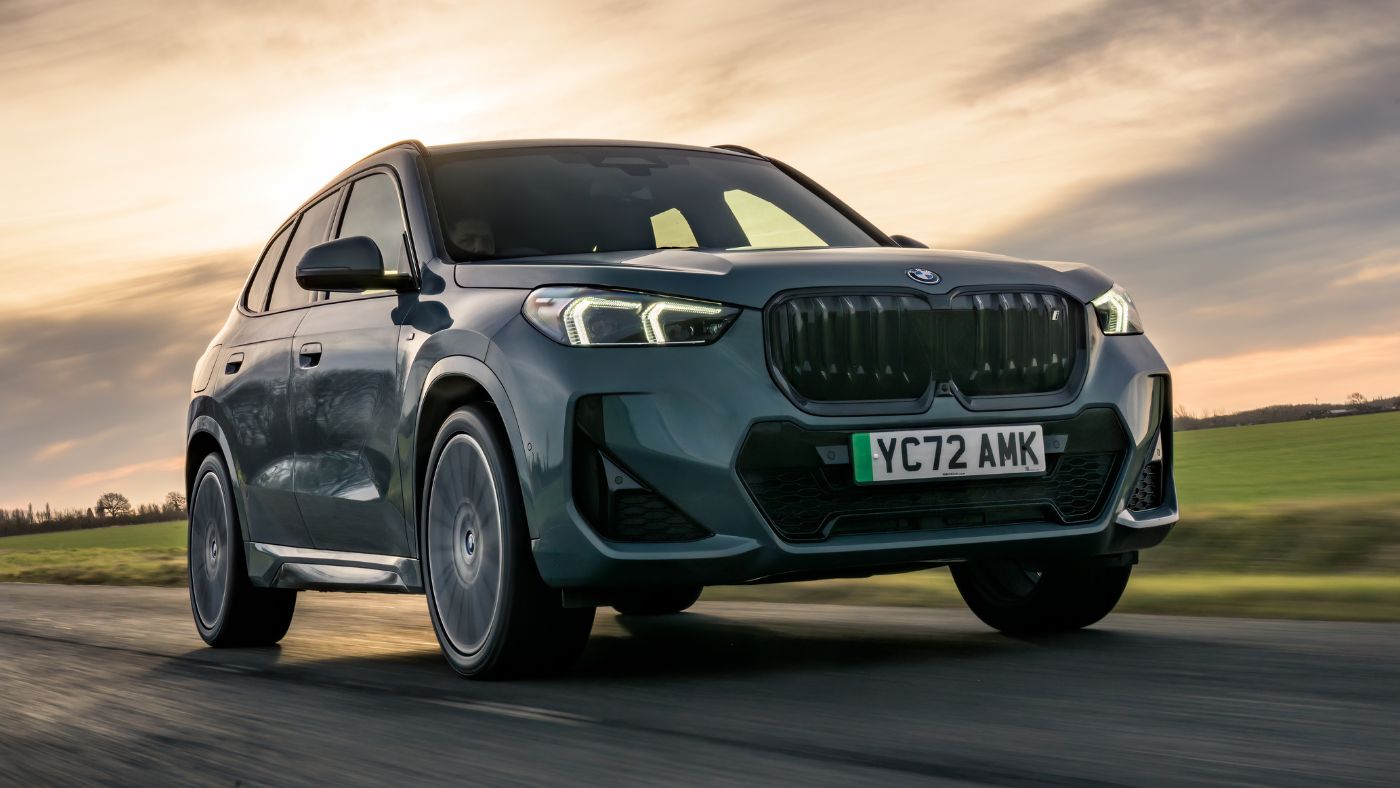 BMW iX1 review: what the car critics say
BMW iX1 review: what the car critics sayThe Week Recommends BMW’s smallest electric crossover has ‘precise’ steering and a ‘smart interior’
-
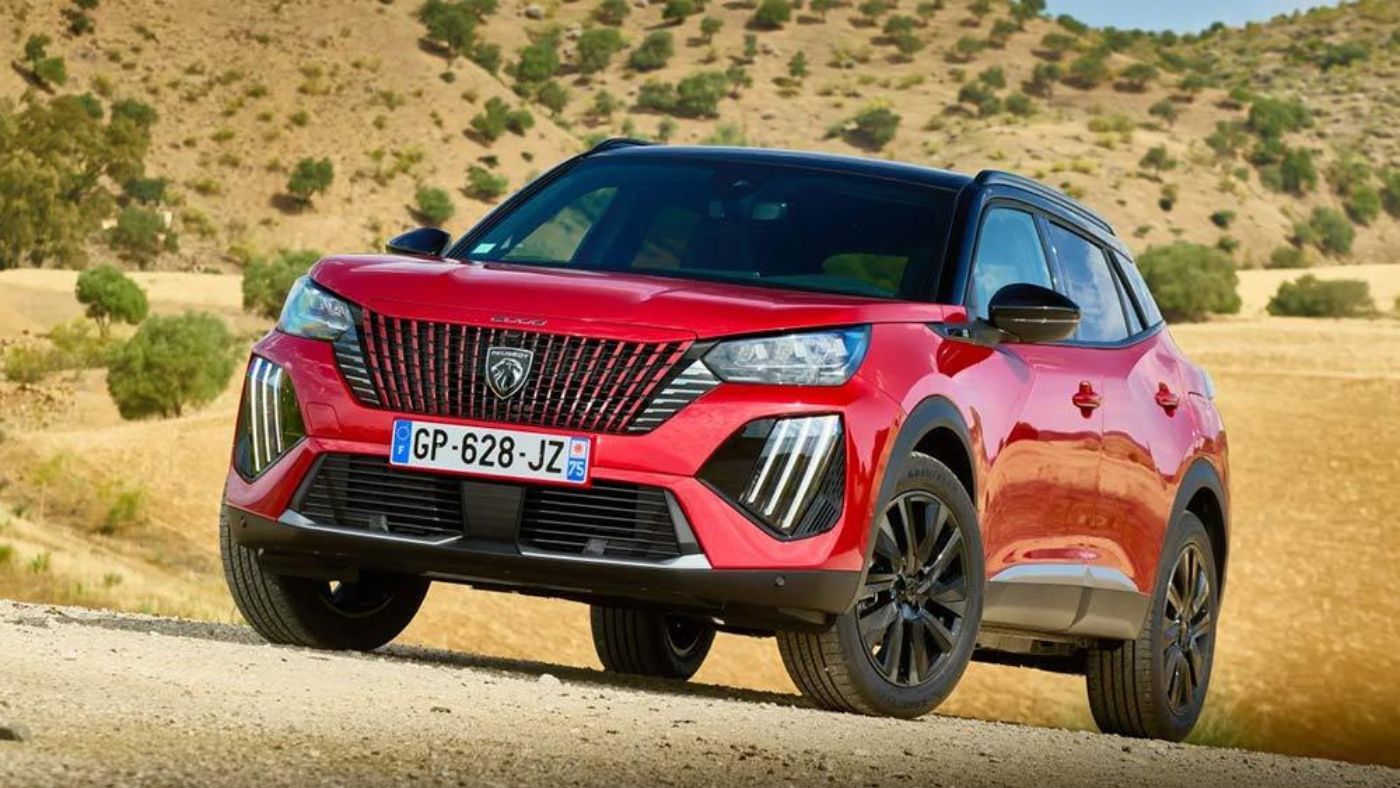 2023 Peugeot e-2008 review: what the car critics say
2023 Peugeot e-2008 review: what the car critics sayThe Week Recommends This small electric crossover has a ‘sophisticated feel’ and a bigger battery than the original
-
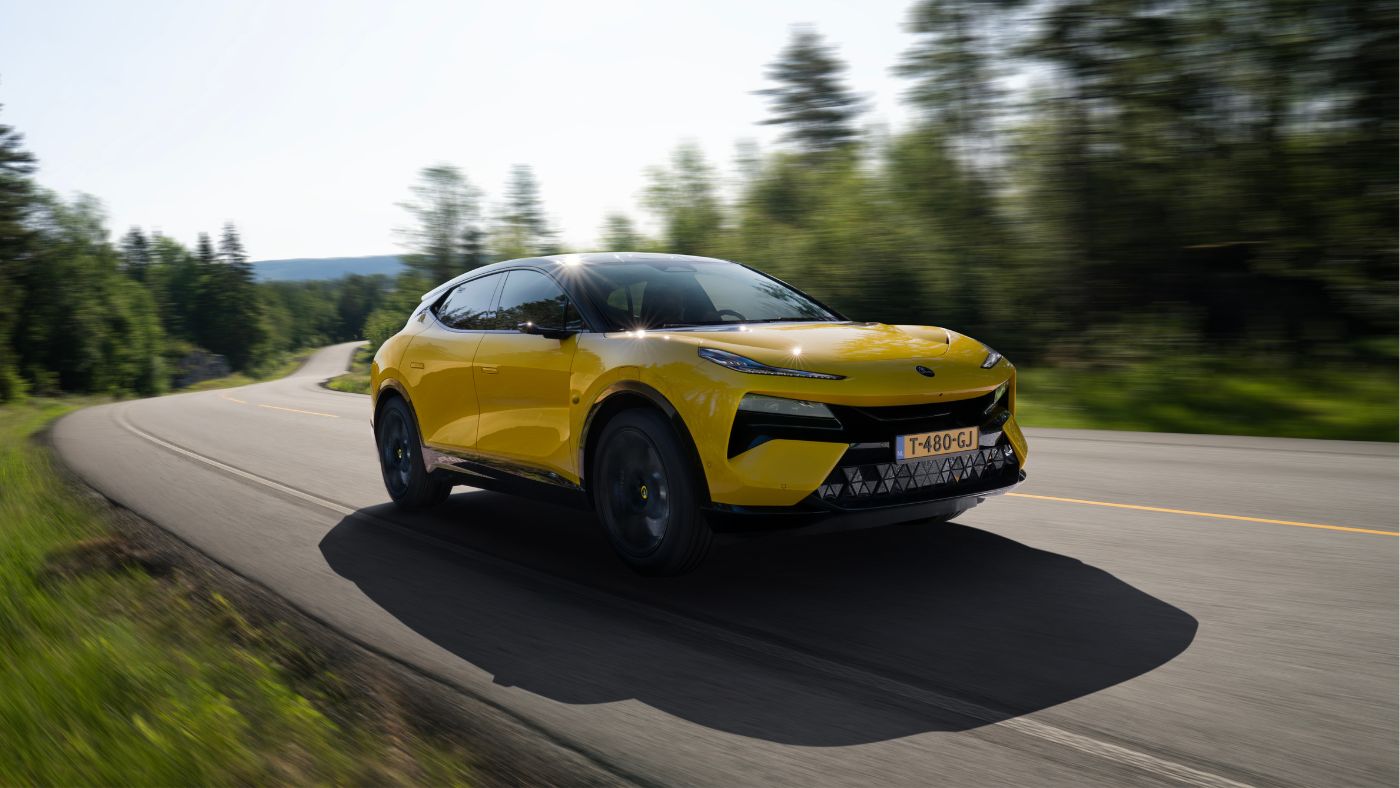 Lotus Eletre review: what the car critics say
Lotus Eletre review: what the car critics sayThe Week Recommends All-electric hyper SUV is not just entertaining to drive – it’s also ‘extraordinarily well made’

